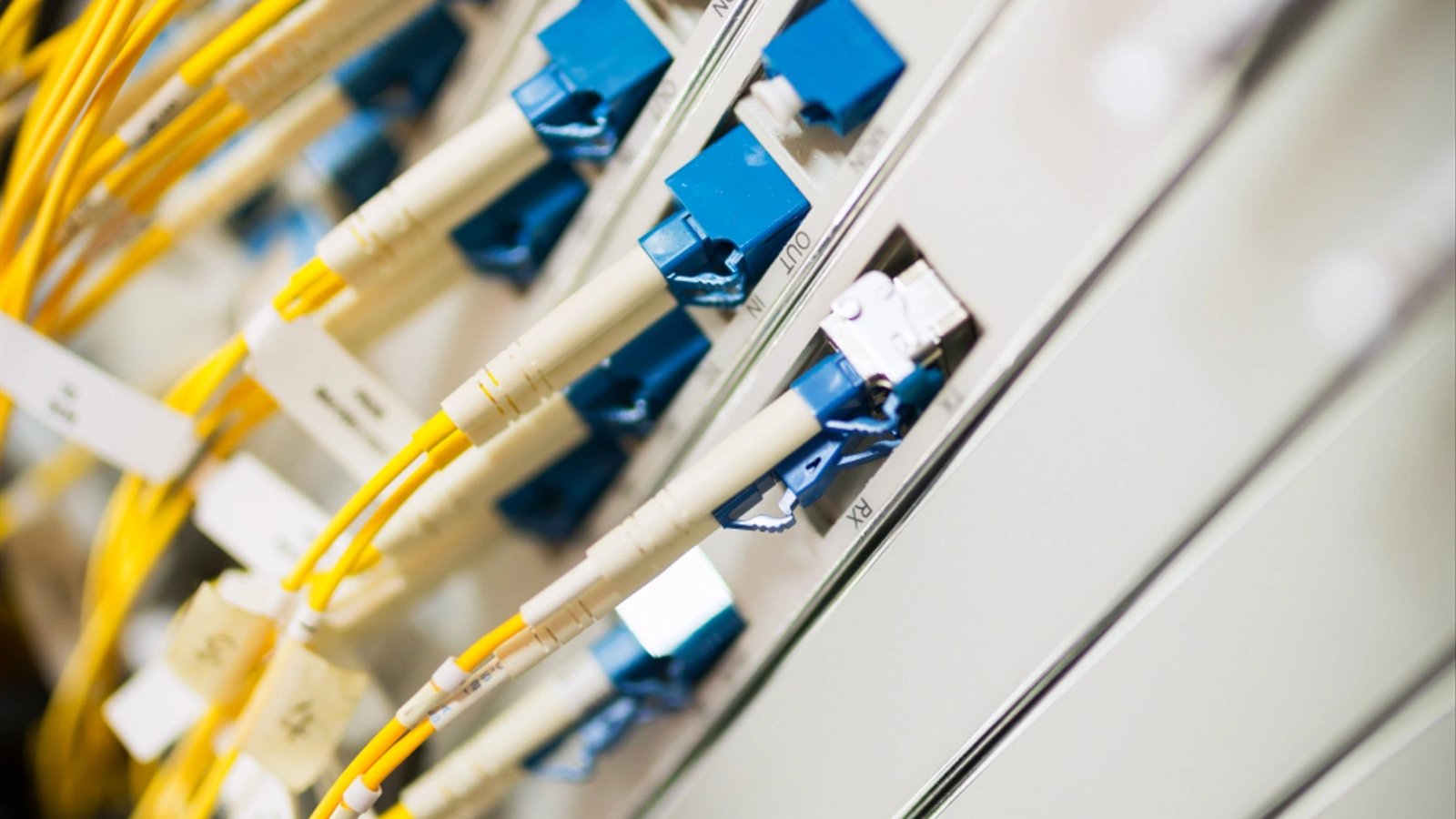In today’s digital-first world, businesses rely heavily on their IT infrastructure. A single network failure, cyberattack, or natural disaster can disrupt operations, leading to lost revenue, damaged reputation, and compliance violations. That’s where a disaster recovery network (DRN) comes in.
A disaster recovery network is a structured approach to restoring IT systems and data after an outage. It ensures minimal downtime, safeguarding business continuity. But how does it work? What are the best strategies? And why should every business prioritize it?
Let’s dive in.
Why a Disaster Recovery Network is Non-Negotiable
1. Minimizes Downtime & Financial Loss
Downtime is expensive. According to Gartner, the average cost of IT downtime is $5,600 per minute. For larger enterprises, this can exceed millions per hour. A disaster recovery network ensures rapid restoration, reducing financial impact.
2. Protects Against Cyber Threats
Ransomware, DDoS attacks, and data breaches are rising. A DRN includes backup systems, failover mechanisms, and encrypted data storage to counter these threats.
3. Ensures Compliance & Avoids Legal Penalties
Industries like healthcare (HIPAA) and finance (PCI-DSS) require strict data protection. A disaster recovery plan ensures compliance, avoiding hefty fines.
4. Maintains Customer Trust
Customers expect reliability. If your systems crash without recovery, trust erodes. A DRN keeps services running, preserving brand reputation.
Key Components of a Disaster Recovery Network
1. Risk Assessment & Business Impact Analysis (BIA)
Before building a DRN, identify critical systems and potential threats. A BIA helps prioritize recovery efforts based on operational importance.
2. Data Backup Solutions
- On-site backups (fast recovery but vulnerable to physical disasters)
- Cloud backups (secure, scalable, and accessible remotely)
- Hybrid backups (combining both for redundancy)
3. Failover & Redundancy Mechanisms
- Network redundancy (multiple ISPs to prevent single-point failures)
- Server clustering (automatic switch to backup servers if primary fails)
4. Disaster Recovery as a Service (DRaaS)
Cloud-based DR solutions offer automated backups, rapid failover, and 24/7 monitoring—ideal for businesses lacking in-house expertise.
5. Regular Testing & Updates
A DRN is useless if untested. Conduct disaster recovery drills to identify gaps and update protocols as IT environments evolve.
Disaster Recovery Network Best Practices
1. Follow the 3-2-1 Backup Rule
- 3 copies of data (primary + two backups)
- 2 different storage types (e.g., cloud + external drives)
- 1 off-site backup (to survive physical disasters)
2. Automate Where Possible
Manual backups are error-prone. Use automated tools for real-time synchronization and failover.
3. Prioritize Critical Systems First
Not all systems need immediate recovery. Classify them into:
- Mission-critical (restore within minutes)
- Important but not urgent (restore within hours)
- Low priority (can wait days)
4. Train Employees on DR Protocols
Human error causes 95% of cybersecurity breaches. Train staff on emergency procedures to ensure smooth recovery.
5. Partner with a Managed IT Services Provider
Many SMBs lack resources for in-house DR. A managed service provider (MSP) offers expertise, cost-effective solutions, and 24/7 monitoring.
Real-World Disaster Recovery Scenarios
Case Study 1: Financial Firm Survives Ransomware Attack
A mid-sized bank was hit by ransomware, encrypting customer data. Thanks to their cloud-based DRN, they restored operations in under 2 hours, avoiding a PR crisis.
Case Study 2: E-Commerce Site Avoids Black Friday Crash
An online retailer used load balancing and auto-scaling in their disaster recovery plan. When traffic spiked, their site stayed online, securing $2M+ in sales.
Future-Proofing Your Disaster Recovery Network
As cyber threats evolve, so should your DRN. Emerging trends include:
- AI-driven threat detection (predicts and mitigates risks before they strike)
- Edge computing (faster local backups for IoT and remote workforces)
- Zero Trust Security (verifies every access request, reducing breach risks)
Final Thoughts
A disaster recovery network isn’t just an IT concern—it’s a business necessity. Whether you’re a startup or an enterprise, downtime can be catastrophic. By implementing a robust DRN, you ensure resilience, compliance, and customer trust.
Don’t wait for disaster to strike. Act now.
